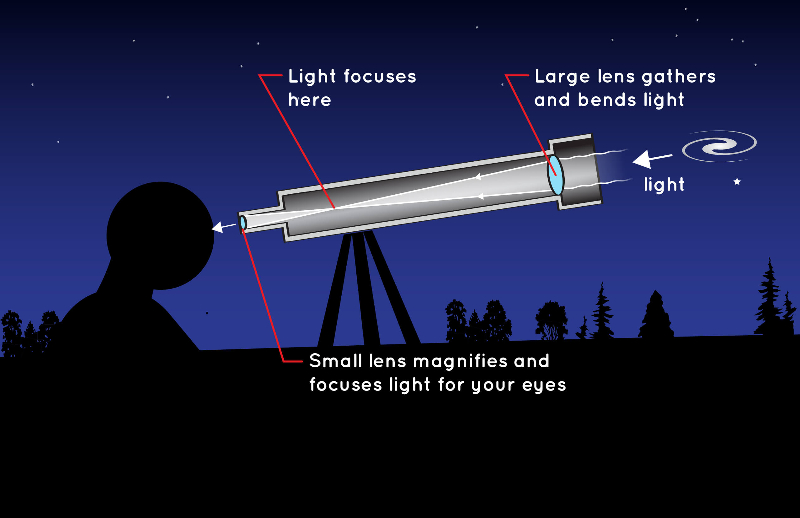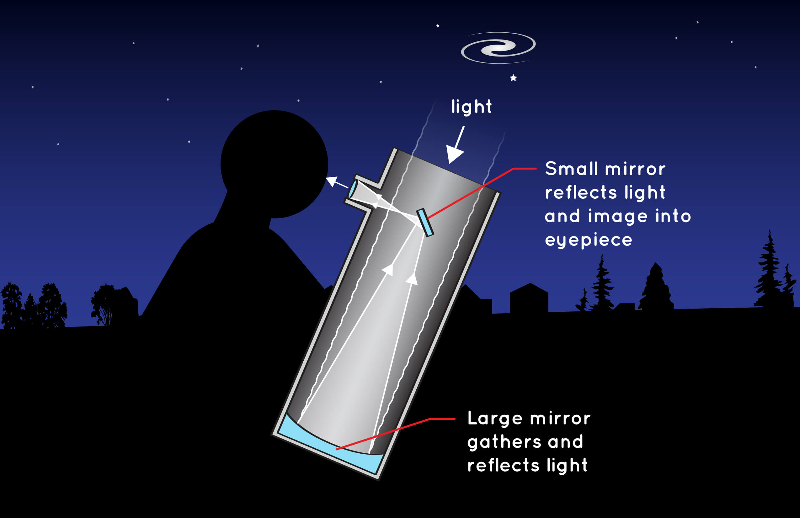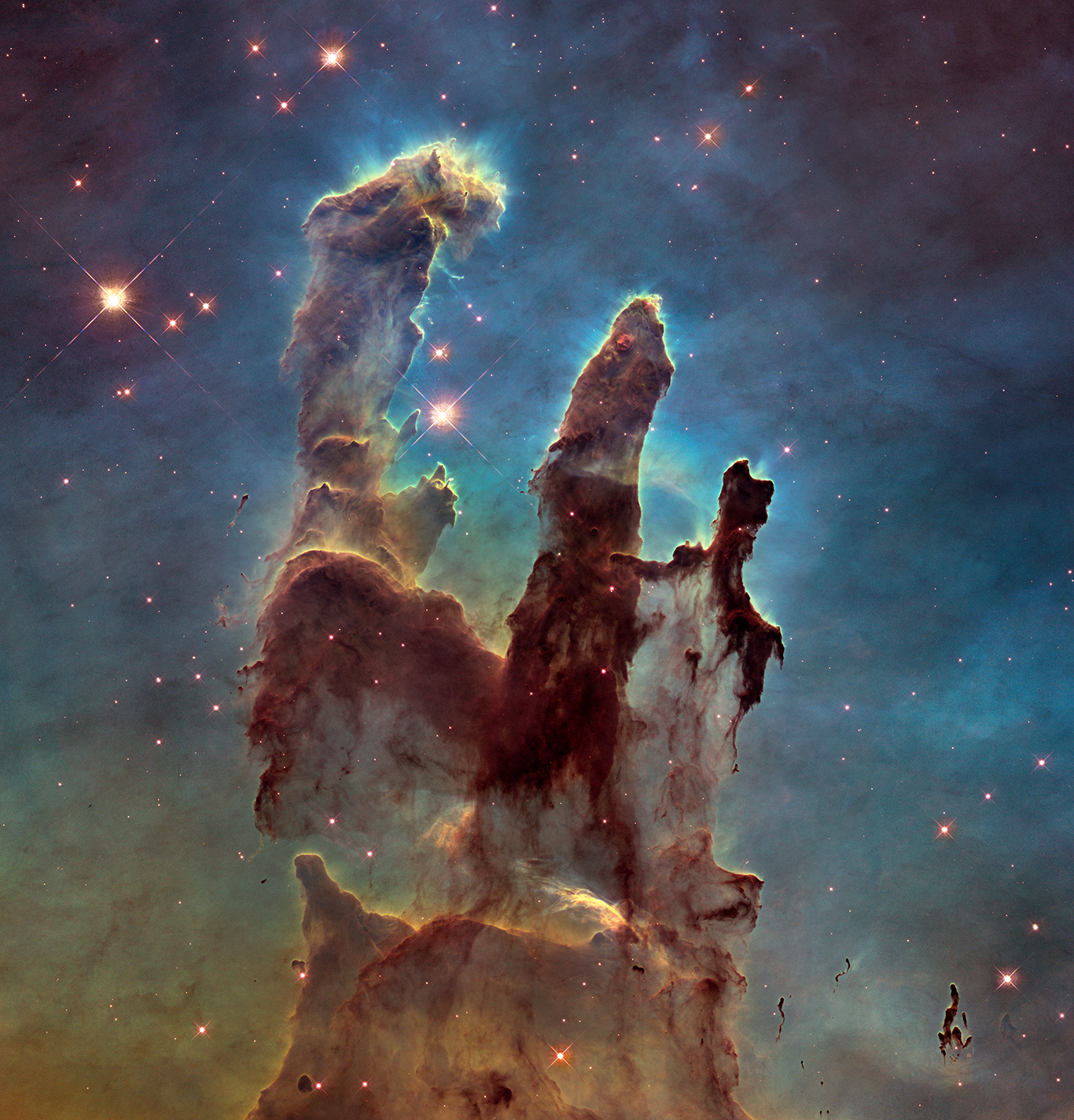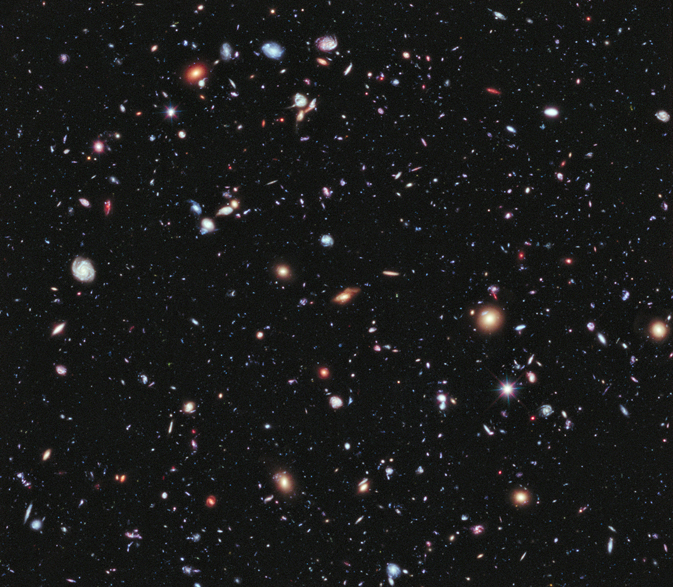How Does a Telescope Work?
There are two types of telescopes that are widely available to the public, those being reflecting and refracting telescopes. These function in two different ways, but both achieve the same effect, but how? Both types utilize a wide hole on one side, the side facing the distant object, to funnel photons (light) into the telescope to enlarge the image so that the distant object can be viewed. Although the overall idea for these telescopes is the same, the way they enlarge the image to be viewed is very different.
Refracting Telescope
Refracting telescopes are what most people think of when they think of telescopes. These types of telescopes work in a relatively simple way:
- A distant object creates light particles (photons) which travel through space in all directions until they are intercepted or hit something
- Photons hit the large lens at the front of the telescope (the side facing towards the object of interest), which concentrates and focues the photons the photons into the eyepiece
- The eyepiece expands the image, allowing the viewer to see the image in detail

These telescopes are a fairly simple choice for beginners, and can easily expand images of the moon, Mars, Venus, and other close space objects. However, these telescopes have certain limitations which makes them a less optimal choice for further objects. They suffer from an inability to scale up for both cost and physical reasons, meaning that the amount of objects they can enlarge to a viewable size are limited, especially for amateur astronomers.
Reflecting Telescope
Reflecting telescopes follow a similar procedure as refracting telescopes, however the internal concentration and focusing of photons is handled differently.
- A distant object creates light particles (photons) which travel through space in all directions until they are intercepted or hit something
- Photons hit the large lens at the front of the telescope (the side facing towards the object of interest) and hit a large mirror at the back of the telescope
- The large mirror then reflects and concentrates the light into a second mirror back near the front of the telescope
- The eyepiece expands the image, allowing the viewer to see the image in detail

Reflecting telescopes are much more complicated than their refracting counterparts, however they make up for this complexity by being much easier to scale up, as instead of having one large mirror they have several smaller mirrors. They can be more expensive than refractors at a small, but they allow you to see much more of the universe in more detail.



